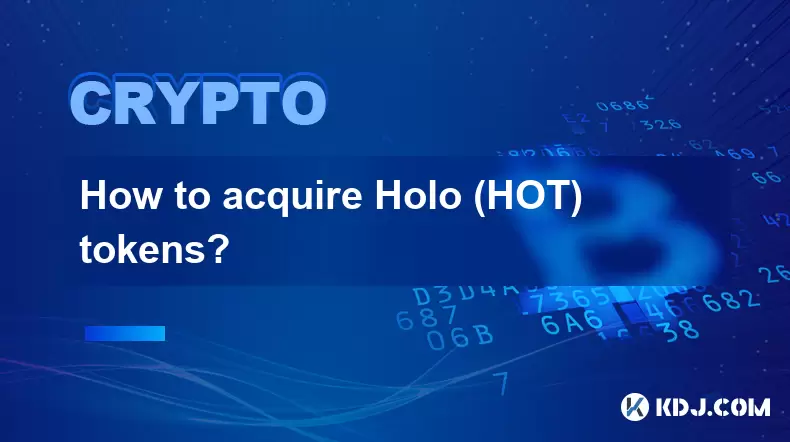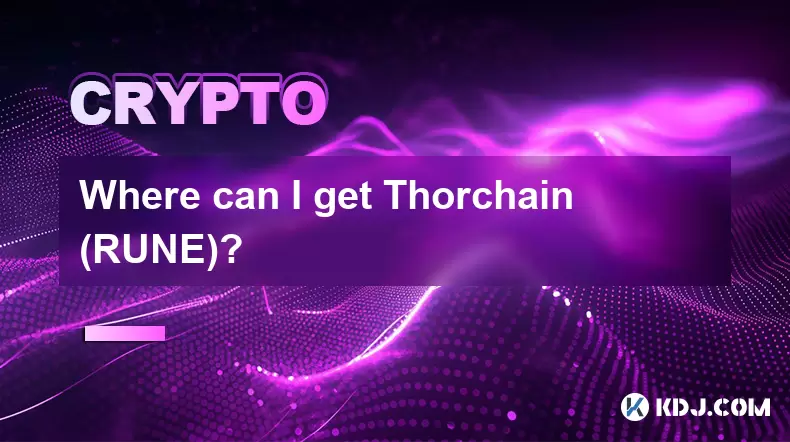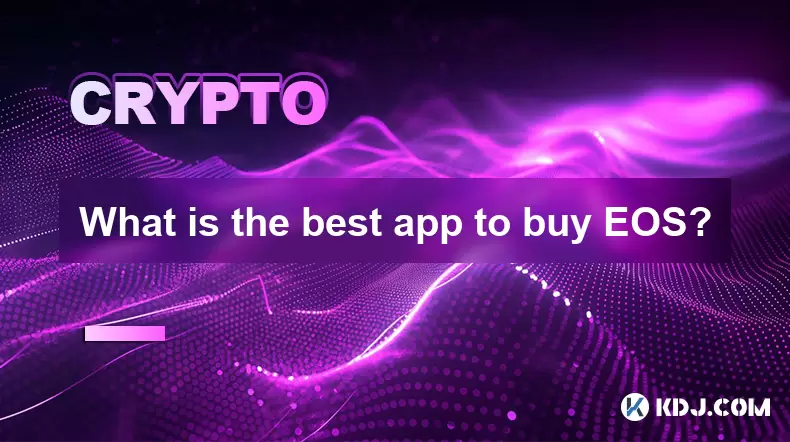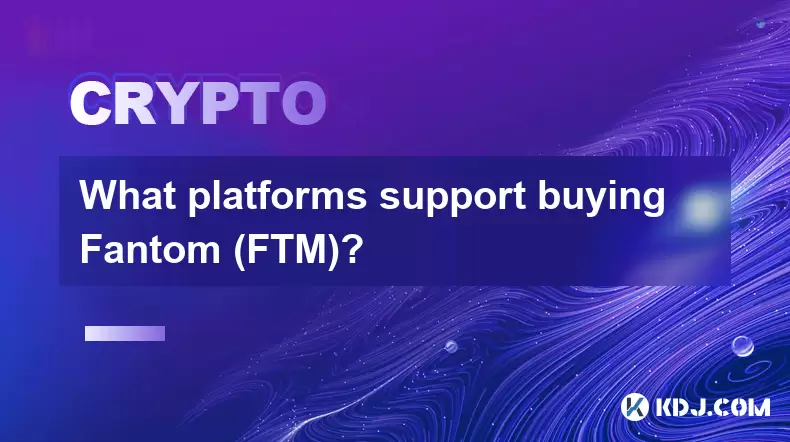-
 Bitcoin
Bitcoin $117500
2.15% -
 Ethereum
Ethereum $3911
6.19% -
 XRP
XRP $3.316
10.79% -
 Tether USDt
Tether USDt $1.000
0.01% -
 BNB
BNB $787.2
2.24% -
 Solana
Solana $175.2
4.15% -
 USDC
USDC $0.9999
0.00% -
 Dogecoin
Dogecoin $0.2225
8.40% -
 TRON
TRON $0.3383
0.28% -
 Cardano
Cardano $0.7868
6.02% -
 Stellar
Stellar $0.4382
9.34% -
 Hyperliquid
Hyperliquid $40.92
7.56% -
 Sui
Sui $3.764
7.63% -
 Chainlink
Chainlink $18.48
10.66% -
 Bitcoin Cash
Bitcoin Cash $582.1
1.88% -
 Hedera
Hedera $0.2601
6.30% -
 Avalanche
Avalanche $23.33
4.94% -
 Ethena USDe
Ethena USDe $1.001
0.02% -
 Litecoin
Litecoin $122.3
2.04% -
 UNUS SED LEO
UNUS SED LEO $8.969
-0.27% -
 Toncoin
Toncoin $3.339
0.86% -
 Shiba Inu
Shiba Inu $0.00001287
4.30% -
 Uniswap
Uniswap $10.43
7.38% -
 Polkadot
Polkadot $3.861
5.08% -
 Dai
Dai $1.000
0.02% -
 Bitget Token
Bitget Token $4.513
3.41% -
 Monero
Monero $267.7
-6.18% -
 Cronos
Cronos $0.1499
4.14% -
 Pepe
Pepe $0.00001110
5.15% -
 Aave
Aave $284.9
8.28%
What is Stellar XLM? Stellar XLM trading practical guide
Stellar XLM enables fast, low-cost cross-border transfers; trade it on exchanges like Binance, and store securely in wallets like Ledger for added safety.
May 30, 2025 at 12:29 am

Stellar XLM, also known simply as Stellar, is a decentralized payment protocol that enables fast, low-cost cross-border transfers of multiple currencies and assets. Launched in 2014 by Jed McCaleb, one of the founders of Ripple, Stellar aims to connect financial institutions and drastically reduce the cost and time associated with cross-border payments. Stellar's native cryptocurrency, known as Lumens (XLM), serves as the intermediary currency in transactions and helps maintain the network's integrity.
At the heart of Stellar's technology is the Stellar Consensus Protocol (SCP), which allows nodes on the network to reach agreement on the state of the ledger. Unlike Bitcoin's Proof of Work or Ethereum's Proof of Stake, SCP is designed to be more energy-efficient and faster, facilitating near-instantaneous transactions. This makes Stellar an attractive platform for businesses and individuals looking to move money quickly and cheaply across borders.
For those interested in trading Stellar XLM, understanding the basics of how to navigate cryptocurrency exchanges is crucial. Choosing the right exchange is the first step in the trading process. Some of the most popular exchanges that list XLM include Binance, Coinbase, and Kraken. Each platform has its own set of features, fees, and user interfaces, so selecting one that aligns with your trading goals and comfort level is essential.
Once you have chosen an exchange, the next step is to create and verify your account. This typically involves providing personal information such as your name, email address, and sometimes a government-issued ID. Verification processes can vary by exchange, but they are necessary to comply with anti-money laundering (AML) and know your customer (KYC) regulations.
After your account is verified, you will need to deposit funds into your exchange wallet. Most exchanges support deposits in various forms, including bank transfers, credit/debit cards, and other cryptocurrencies. For example, if you want to buy XLM with USD, you would deposit USD into your exchange account. Once the funds are available, you can proceed to the trading section of the exchange.
The actual process of buying Stellar XLM involves placing an order on the exchange. There are generally two types of orders you can place: a market order, which executes at the current market price, and a limit order, which allows you to specify the price at which you want to buy. For beginners, market orders are often easier to understand and execute. To place a market order, simply enter the amount of XLM you wish to buy and confirm the order. The exchange will then execute the trade at the best available price.
Once you have purchased XLM, you can either hold it in your exchange wallet or transfer it to a personal wallet for added security. Holding your XLM in a personal wallet gives you more control over your assets and reduces the risk of exchange hacks. There are several types of wallets available for XLM, including hardware wallets like Ledger and software wallets like Stellar Desktop Client. To transfer XLM to a personal wallet, you will need the wallet's public address. On the exchange, navigate to the withdrawal section, enter the amount of XLM you want to transfer and the recipient's address, and confirm the transaction.
Understanding Stellar XLM's Market Dynamics
Stellar XLM's price is influenced by a variety of factors, including overall market sentiment, adoption by financial institutions, and technological developments within the Stellar network. Monitoring these factors can help traders make informed decisions about when to buy or sell XLM. For instance, announcements about new partnerships or integrations can often lead to price increases, while negative news or regulatory changes might cause the price to drop.
Strategies for Trading Stellar XLM
There are several trading strategies that can be applied to Stellar XLM. Day trading involves buying and selling XLM within the same day to capitalize on short-term price movements. This strategy requires a good understanding of market trends and the ability to make quick decisions. Swing trading, on the other hand, involves holding XLM for a few days to weeks to take advantage of medium-term price swings. This strategy is less time-intensive than day trading but still requires a solid grasp of market analysis.
For those looking to hold XLM for the long term, buy and hold is a viable strategy. This involves purchasing XLM and holding onto it in the belief that its value will increase over time. This strategy is less about timing the market and more about believing in the long-term potential of Stellar and its technology.
Risks and Considerations in Trading Stellar XLM
Trading any cryptocurrency, including Stellar XLM, comes with inherent risks. Market volatility is one of the primary risks, as prices can fluctuate wildly in short periods. Additionally, security risks such as hacking and phishing attacks are a concern, especially if you hold your XLM on an exchange. Using a secure personal wallet and enabling two-factor authentication on your exchange accounts can help mitigate these risks.
Another consideration is regulatory risk. Cryptocurrency regulations vary by country and can change unexpectedly, impacting the legality and ease of trading XLM. Staying informed about regulatory developments in your jurisdiction is crucial for managing this risk.
Practical Steps for Trading Stellar XLM
To provide a more detailed guide on trading Stellar XLM, here are the practical steps you can follow:
- Choose an Exchange: Research and select a reputable exchange that lists XLM. Consider factors such as fees, user interface, and security features.
- Register and Verify Your Account: Sign up for an account on the chosen exchange and complete the verification process. This usually involves submitting personal information and sometimes a government-issued ID.
- Deposit Funds: Fund your exchange account with the currency you intend to use to buy XLM. This could be fiat currency like USD or another cryptocurrency.
- Place an Order: Navigate to the trading section of the exchange and place an order to buy XLM. Decide whether to use a market order or a limit order based on your trading strategy.
- Monitor Your Investment: Keep an eye on the market and your XLM holdings. Use tools like price alerts and trading charts to stay informed about price movements.
- Withdraw to a Personal Wallet: For added security, consider transferring your XLM to a personal wallet. Find the withdrawal section on the exchange, enter the amount and the recipient's address, and confirm the transaction.
Tools and Resources for Stellar XLM Traders
To enhance your trading experience and make more informed decisions, consider using trading tools and resources specifically designed for cryptocurrency trading. TradingView is a popular platform that offers advanced charting tools and real-time market data, which can be invaluable for analyzing XLM's price movements. Additionally, cryptocurrency news sites like CoinDesk and CoinTelegraph provide up-to-date news and analysis that can impact XLM's price.
Technical analysis software can also be helpful for traders looking to predict future price movements based on historical data. Platforms like TradingView and MetaTrader offer a range of indicators and charting tools that can be applied to XLM trading. For those interested in fundamental analysis, Stellar's official blog and developer resources provide insights into the network's development and partnerships, which can influence XLM's value.
Frequently Asked Questions
Q: How can I store Stellar XLM securely?
A: To store Stellar XLM securely, consider using a hardware wallet like Ledger or a reputable software wallet such as the Stellar Desktop Client. Always enable two-factor authentication and use strong, unique passwords for your wallet and exchange accounts.
Q: Can I use Stellar XLM for everyday transactions?
A: Yes, Stellar XLM can be used for everyday transactions, especially for cross-border payments. Several services and platforms support XLM as a payment method, although its adoption for daily use is still growing.
Q: What are the transaction fees for using Stellar XLM?
A: Stellar XLM transactions typically have very low fees, often less than a fraction of a cent. The exact fee depends on the network's current load and the complexity of the transaction.
Q: How do I stay updated on Stellar XLM developments?
A: To stay updated on Stellar XLM developments, follow Stellar's official blog, subscribe to cryptocurrency news sites like CoinDesk and CoinTelegraph, and join relevant communities on platforms like Reddit and Twitter.
Disclaimer:info@kdj.com
The information provided is not trading advice. kdj.com does not assume any responsibility for any investments made based on the information provided in this article. Cryptocurrencies are highly volatile and it is highly recommended that you invest with caution after thorough research!
If you believe that the content used on this website infringes your copyright, please contact us immediately (info@kdj.com) and we will delete it promptly.
- Tron's Sell-Off Spurs Altcoin Shift: What's Next for TRX?
- 2025-08-08 08:30:12
- Sleep Token's US Takeover: Thornhill Rides the 'Even In Arcadia' Wave
- 2025-08-08 08:30:12
- FTT Token's Wild Ride: Creditor Repayments vs. Market Drop - A New Yorker's Take
- 2025-08-08 07:10:12
- Floki Crypto Price Prediction: Riding the Robinhood Rocket or Just a Meme?
- 2025-08-08 07:15:12
- EigenLayer, Restaking, and Ethereum: Navigating the Hype and the Hazards
- 2025-08-08 06:30:12
- Super Bowl 59: Jon Batiste to Jazz Up the National Anthem
- 2025-08-08 06:30:12
Related knowledge

Where can I buy UMA (UMA)?
Aug 07,2025 at 06:42pm
Understanding UMA and Its Role in Decentralized FinanceUMA (Universal Market Access) is an Ethereum-based decentralized finance (DeFi) protocol design...

What exchanges support buying IOTA (MIOTA)?
Aug 07,2025 at 09:58pm
Understanding the Role of Private Keys in Cryptocurrency SecurityIn the world of cryptocurrency, private keys are the cornerstone of ownership and con...

How to acquire Holo (HOT) tokens?
Aug 08,2025 at 05:56am
Understanding Holo (HOT) and Its EcosystemHolo (HOT) is a cryptocurrency token associated with the Holo ecosystem, which is built on the Holochain fra...

Where can I get Thorchain (RUNE)?
Aug 08,2025 at 08:07am
Understanding the Role of Seed Phrases in Cryptocurrency WalletsA seed phrase, also known as a recovery phrase or mnemonic phrase, is a critical compo...

What is the best app to buy EOS?
Aug 07,2025 at 04:35pm
Understanding EOS and Its Role in the Cryptocurrency EcosystemEOS is a blockchain platform designed to support decentralized applications (dApps) with...

What platforms support buying Fantom (FTM)?
Aug 08,2025 at 01:56am
Overview of Fantom (FTM) and Its EcosystemFantom (FTM) is a high-performance, scalable, and secure layer-1 blockchain designed to overcome the limitat...

Where can I buy UMA (UMA)?
Aug 07,2025 at 06:42pm
Understanding UMA and Its Role in Decentralized FinanceUMA (Universal Market Access) is an Ethereum-based decentralized finance (DeFi) protocol design...

What exchanges support buying IOTA (MIOTA)?
Aug 07,2025 at 09:58pm
Understanding the Role of Private Keys in Cryptocurrency SecurityIn the world of cryptocurrency, private keys are the cornerstone of ownership and con...

How to acquire Holo (HOT) tokens?
Aug 08,2025 at 05:56am
Understanding Holo (HOT) and Its EcosystemHolo (HOT) is a cryptocurrency token associated with the Holo ecosystem, which is built on the Holochain fra...

Where can I get Thorchain (RUNE)?
Aug 08,2025 at 08:07am
Understanding the Role of Seed Phrases in Cryptocurrency WalletsA seed phrase, also known as a recovery phrase or mnemonic phrase, is a critical compo...

What is the best app to buy EOS?
Aug 07,2025 at 04:35pm
Understanding EOS and Its Role in the Cryptocurrency EcosystemEOS is a blockchain platform designed to support decentralized applications (dApps) with...

What platforms support buying Fantom (FTM)?
Aug 08,2025 at 01:56am
Overview of Fantom (FTM) and Its EcosystemFantom (FTM) is a high-performance, scalable, and secure layer-1 blockchain designed to overcome the limitat...
See all articles

























































































